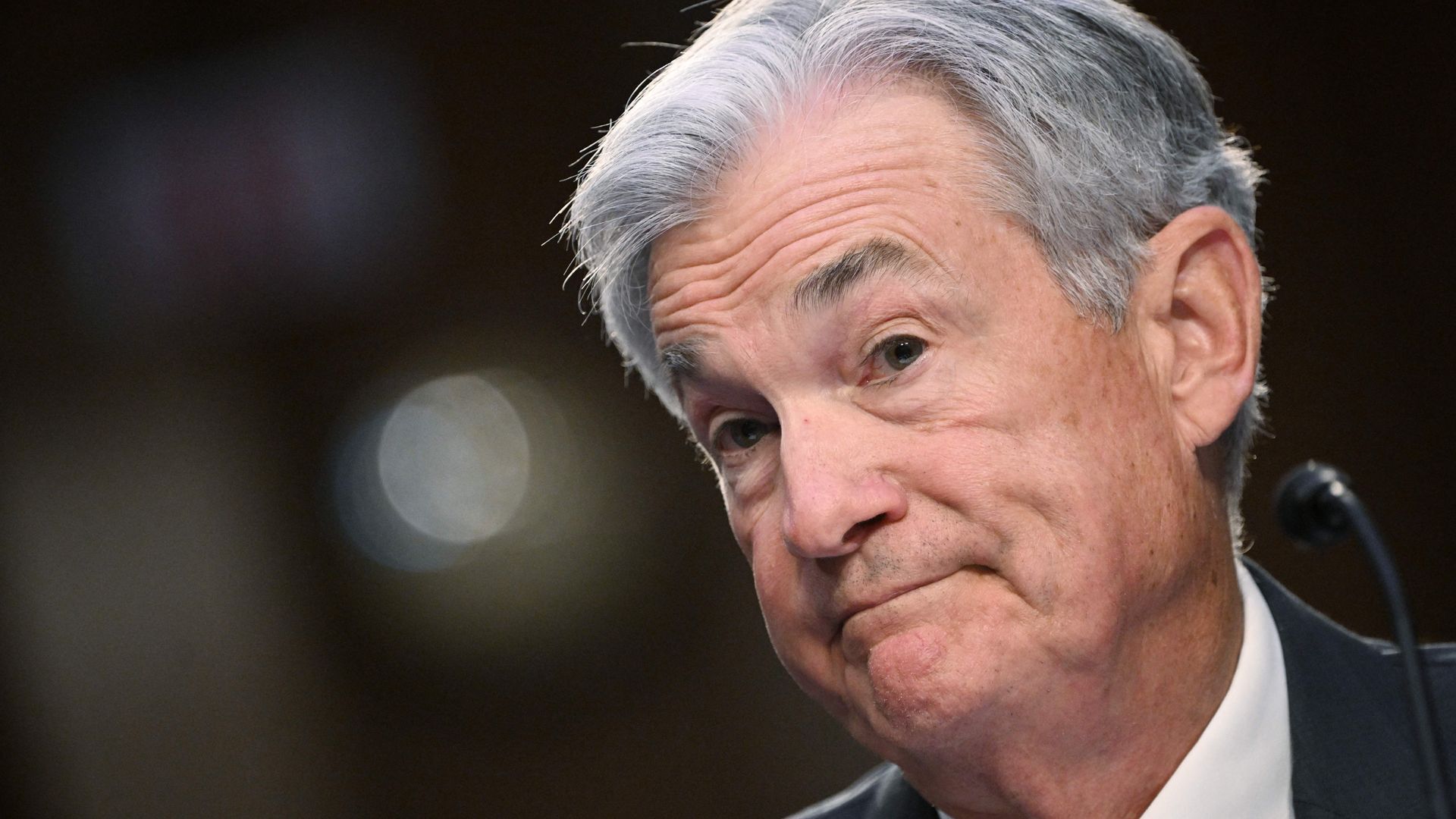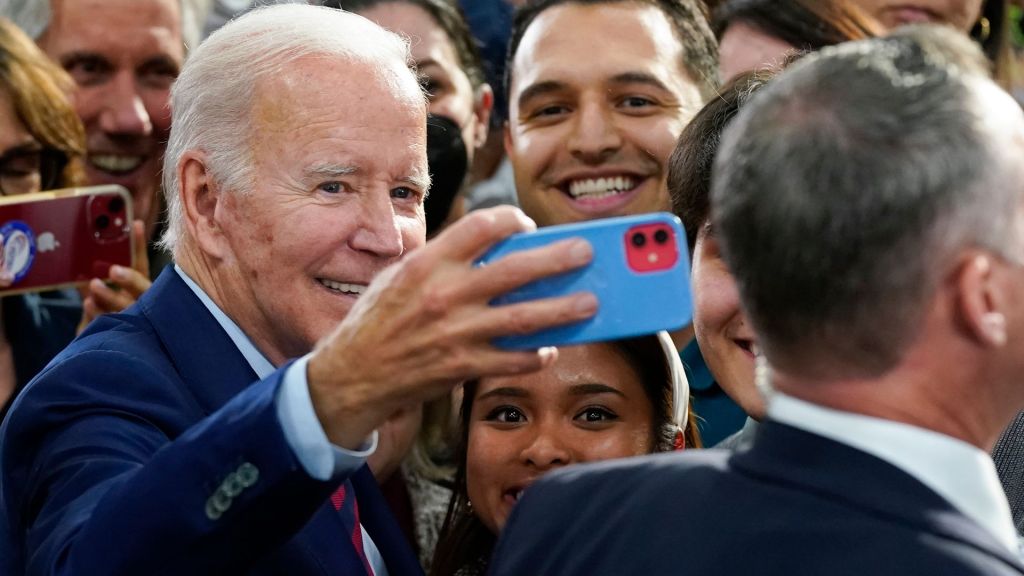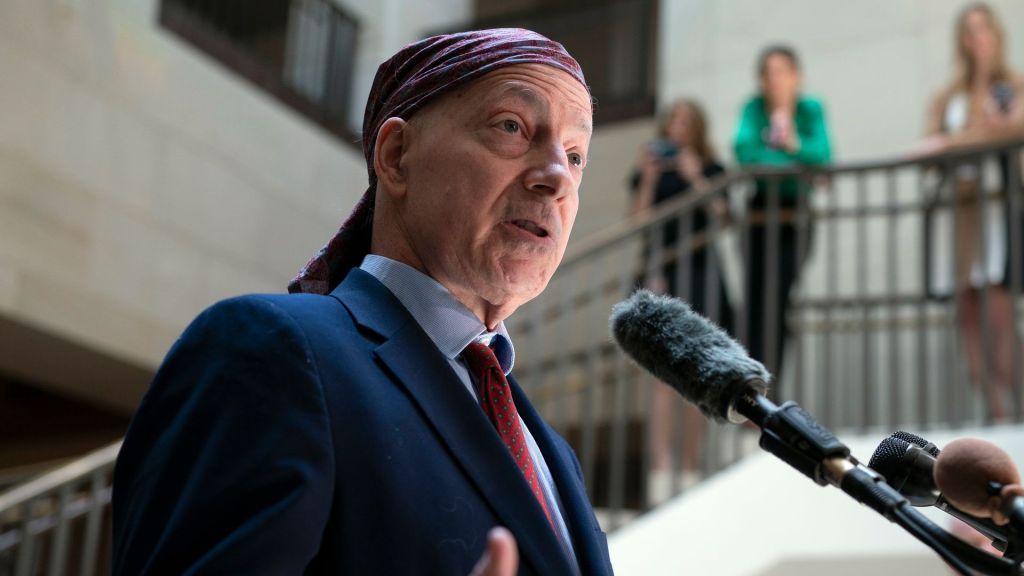
Simone Del Rosario:
Driving down inflation without major job losses is a balancing act. The Federal Reserve rarely nails, but hope for a soft landing is growing after this past week, as is the hype. The Fed raised its interest rate for the 11th time since March 2022. And two days later, core PCE, the Fed’s preferred inflation gauge, finally budged for pretty much the first time this calendar year, down to 4.1%. So that’s still double the Fed’s target. We have former Fed advisor, Danielle DiMartino Booth, CEO of QI Research, to talk about the Fed’s chances with this performance and what’s happening in the underbelly of this economy. Danielle, thank you for being with me.
Danielle DiMartino Booth:
Thank you for having me again. Good to see you.
Simone Del Rosario:
Look, soft landing is the dream scenario, obviously. What’s your gauge on that possibility?
Danielle DiMartino Booth:
Well, you know, we were having these same types of discussions in 2000 and again in 2007. And, you know, I was in the business back then and what was remarkable then, and the parallel to today is the ubiquity of the soft landing consensus. Everybody thinks that this is the direction we’re headed in. You’re often in a very dangerous environment when there is all across the board agreement as to where you’re headed, because of course, those last two instances, especially one that was cited in the New York Times over the weekend when I was working at the Dallas Fed at the time. There was a high up economist then who said that it was going to be a soft landing, that the economy was going to moderate but not contract. That was set in September of 2007 and that was three months into, backdated into recession that started in June of that year.
Simone Del Rosario:
Wow, I mean, and we all know what happened then. What are some of the red flags in the economy that you’re looking at? If you were to say, you need to start paying attention to these indicators, what would they be?
Danielle DiMartino Booth:
So I think people need to pay closer attention to, A, to the world around them. I just went to order a case of wine, which is the cost of entry to an annual boondoggle in Maine where a bunch of economists convened to go fishing once a year. This is my 12th year. I just went to go order a case of wine from the place I’ve always ordered it from. They closed a few weeks ago in Boston. People should pay attention to the… sheer number of smaller businesses that are closing around them to say nothing of the fact that the bankruptcies are rolling in at the fastest pace at the national level, big companies, fastest pace since about 2009. Of course, as the two of us are speaking today, a chapter seven filing is imminent from yellow trucking that will put 30,000 people out of work. So pay attention to what’s happening around you, not just what you’re seeing in terms of what the financial media is telling you should be seeing.
Simone Del Rosario:
Yeah, the Fed talks a lot about taking into account the lag effect of this tightening. When do you think that kicked in or is kicking in? I mean, we’ve been hiking for 16 months now and unemployment on paper is sitting at 3.6%.
Danielle DiMartino Booth:
Well, it is, but remember, unemployment tends to rise after you’ve already entered recession. That’s just what history typically dictates. So we are in the teeth of the 12 to 18 month lag window when that first tightening that came out in March of 2022 should be biting. And indeed, last week we saw a forced bank merger as well as a small community bank. get shut down by the FDIC on Friday in the state of Kansas. So we are seeing the tightening effects manifest in the U.S. economy. But again, if you’re only looking through the prism of where the stock market is, then you might end up, feeling as if you’ve been sideswiped by reality when it hits.
Simone Del Rosario:
Do you think the tightening is done or is there still more room for the Fed to continue to act? I know they’re going to have a lot of data coming at them before the next meeting.
Danielle DiMartino Booth:
Oh gosh, I mean, this is a very critical week with all the payroll data coming towards us. And by all indications, we might see a continued strength and a little bit of weakening, but strong enough for the Fed to justify what’s important here. And that’s not whether or not we see another quarter percentage point hike on September the 20th, but rather whether or not the Fed’s gonna stay higher for longer. That is a new mantra. they’re generally, I’m talking about 40 years worth of investors. They’ve been trained to exist in a lower for longer environment. And yet, I think it makes a big difference if the Fed doesn’t even hike any more from here on out, but simply maintains high interest rates. And I think that is the plan right now headed into 2024.
Simone Del Rosario:
I’m so glad you brought this up. We know that the Fed was late to start hiking this cycle, but what about cutting rates? I mean, how important is that timing to be able to actually achieve the soft landing scenario? When do you see that happening?
Danielle DiMartino Booth:
Well, typically when the Fed is beginning to cut rates, again, that’s a scenario in which you were in recession and the Fed tends to be trying to play catch up. So I certainly wouldn’t bank on that. That being said, there have been some suggestions rolled out of late, it would not surprise me to see these pan out of the Fed continuing to shrink the size of its balance sheet, which is a form of tightening. at the same time that sometime in 2024, they begin to lower interest rates. We’ve never seen any type of dual policy like this where you’ve got tightening and loosening going on at the same time. But again, that was suggested by Dallas Fed President, Lori Logan. She’s a veteran of the New York Fed. She understands the financial markets. And it was echoed by Jay Powell when he was at the podium last week after the FOMC met.
Simone Del Rosario:
So I guess bottom line, Danielle, do you think they’re gonna land it or do you think they’re gonna be too late in, you know, cutting rates and easing these pressures a little bit more to where they do end up in a recession?
Danielle DiMartino Booth:
I think the Fed already is too late. And I think that because Jay Powell, in particular, his personal philosophy is one that zero interest rate policy is a failure. because that’s what he believes. If he wants to get rid of zero interest rate policy, he needs to find reasons to stay higher for longer, even if, as Neel Kashkari said on the Sunday morning news circuit, that entailed higher job losses going forward. I think that they’re ready to make that sacrifice, even though they’ve taken a recession out of their formal forecast, I think that most people at the Fed at this point do believe that they will not be able to engineer a soft landing again. especially as you’re wearing, unfortunately the two of us are wearing the right color, yellow and orange. And because I think that is what’s going to be kind of a headline, carry some headline shock value, if you will. When Americans wake up and see that a company that was worth $5 billion is going into liquidation and laying off 30,000 people.
Simone Del Rosario:
Danielle DiMartino Booth of QI Research, really invaluable insight from you today. Thank you so much.
Danielle DiMartino Booth:
Thank you for having me.






